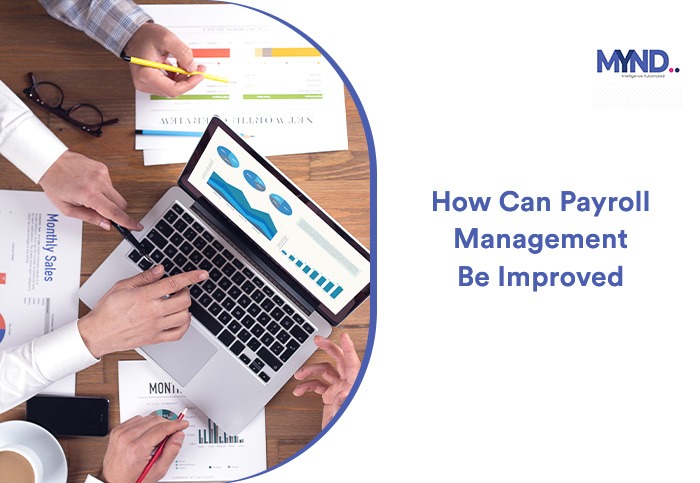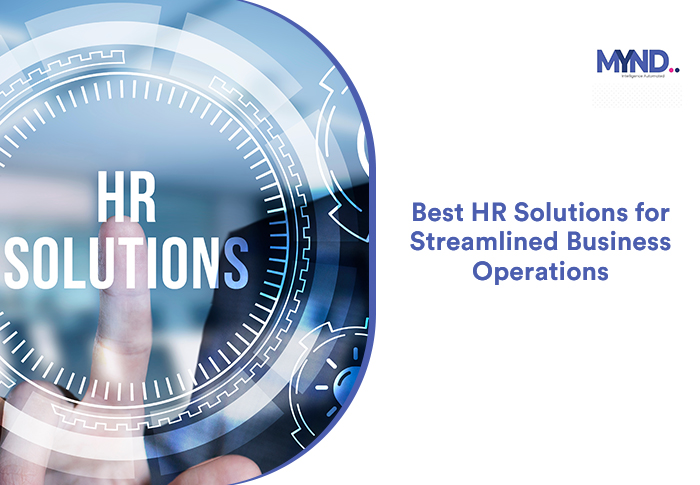How Can Payroll Management Be Improved
Payroll is the mechanism through which a business pays an employee for tasks performed while adhering to labour laws and managing proper documentation. An efficient online payroll management system ensures that workers are paid fairly and consistently, freeing HR to concentrate on other aspects of the company. An Acumen Research and Consulting report has found that the global market for HR payroll management services was valued at US$23,489 million in 2021, and it is anticipated to grow to US$52,867 million by 2030, with a CAGR of 9.5% from 2022 to 2030.
The key trend for employee payroll management systems driving demand is the expanding workforce globally. The adoption of automated software by enterprises is another development that is bolstering the market position of payroll management companies. The market has grown significantly in the last few years, and more expansion is soon projected. Flexible solutions enable businesses to integrate and standardise complex organisational processes, increasing the market share of the sector.
Unlocking efficiency
with enhanced payroll management
Since managing payroll efficiently has a direct impact on a company's financial health, it's critical for firms to learn how to do it. When a company's payroll process is slow, prone to errors, or overly complex, it may want to improve it by hiring a competent payroll management company. Regular payroll problems can lead to fines or delayed payments, which can have an impact on the relationship between the company and employee. The following are a few of the best practices for online payroll management systems that can help to optimise the entire process:
Invest in payroll management services: Payroll process issues are frequently caused by the way a company chooses to handle payroll. Consider investing in more contemporary employee payroll management systems if your organisation is still processing payroll manually or with outmoded software. Direct payments, integrated time and attendance, and tax compliance are some of the most recent payroll features. The amount of administrative time needed to complete the payroll process can be decreased with good payroll software.
Create payroll calendars: Employees will have a better understanding of payment dates and timecard due date thanks to this. It also aids in the planning and execution of payroll tasks by your payroll personnel. Once you've established your pay schedule, the majority of online payroll management systems will automatically build a payroll calendar for you, but you may also make one on your own using a spreadsheet. All pay periods for the year should be displayed on a payroll calendar. As a result, processing payments is made simpler, and employees are less uncertain about when they will be paid and the time periods that their paychecks will cover.
Train HR in payroll management: HR professionals need to be trained by the payrollmanagement company to make the process comprehensible, even though their areas of specialisation are more in hiring and keeping track of employee information. This will enhance your company's payroll administration procedures and further help team cohesion by minimising manual/double work, increasing collaboration, and avoiding conflict.
Distribute payroll tasks among HR staff: Consider distributing their payroll responsibilities if one or two payroll processors are having trouble completing payroll in a timely manner. Separating payroll responsibilities can help with meeting deadlines, handling volume, improving accuracy, and reducing fraud, in addition to relieving some of the stress on your individual payroll personnel. Verifying and processing changes to payroll and personnel data, authorising payroll journal entries and revisions, reviewing and approving monthly payroll reports, and distributing paychecks are all payroll duties that should be handled by numerous people rather than one.
Observe transparency in employee payroll management system: Employee misunderstandings of the payroll system can cause issues. The majority of the time, this occurs in workplaces where employees are not fully informed about pay rules or are not given adequate access to them. Several payroll concerns can be resolved by implementing a completely transparent payroll policy, including unpaid taxes and incorrect personnel classifications.
Audit payroll process: It's common to hear concerns from time to time about payroll calculations. However, the frequent occurrence is a definite sign that regular audits of the entire payroll process are required. This is particularly true for businesses that continue to employ a manual timekeeping system because they run a significant risk of inaccuracies. Data entry mistakes, such as erroneously documenting a new employee's tax status or entering outdated pay rates, can also have an impact on automated systems.
Invite
employee feedback: Never presume that staff members are fully aware of
your business' payroll procedures. Make a point of asking questions and
motivating staff to do the same. Communication will make it easier to spot
misunderstandings. Your staff will be more receptive to your modifications if
you ask for suggestions for improvement.




Comments
Post a Comment